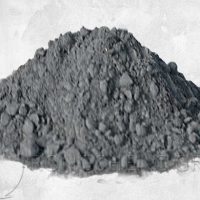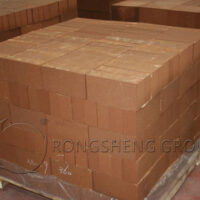The chemical composition of hazardous waste is complex in the incineration of rotary kilns, and the temperature is between 700-1000℃. Mainly because of severe erosion.

The main component of the gas after the calcination of hazardous waste is slightly acidic, and there are also uncertain factors, including the phenomenon of both acid and alkali components. Therefore, refractory castables for linings are the worst choice.
Refractory castables have good corrosion resistance to acid gases, but they are all produced in different kiln-lining atmospheres according to actual conditions to produce refractory castables corresponding to the matrix.
When the temperature of the lining of the hazardous waste rotary kiln drops, the corrosion caused by acid should be considered. When the chlorine exceeds 0.5%, it is necessary to consider using high-aluminum silicon carbide castables to resist corrosion.
Because of the chlorine problem, low-cement refractory castables should be used for the castables for the inlet and outlet. Because the CaO in the cement will react with oxygen, the resulting liquid phase will reduce the heat resistance of the refractory castable, and low cement The amount of castable cement is small and the calcium content is low.
Hazardous waste incineration rotary kilns have downstream and upstream incineration processes. Generally, there are more downstream incineration processes, that is, fuel, primary air, and hazardous waste enter in the same direction. The chromium corundum castable used in the hazardous waste rotary kiln is mainly used in the calcining zone, and the high-aluminum low cement castable is used in the transition zone.
In the entire hazardous waste rotary kiln lining, in addition to the hazardous waste rotary kiln body itself, the second combustion chamber is also very important, and the temperature of the second combustion chamber is above 1100°C. For the use of refractory castables that require high softening temperature, better corrosion resistance, and good thermal shock stability, use mullite castables, and of course low-cement mullite castables.









